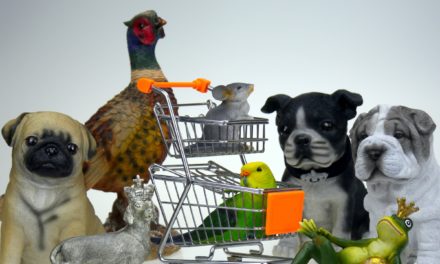Today, billions of dollars are spent by CPG brands around the world creating and deploying the best in-store point-of-sale materials. The cost of an off-shelf (secondary) display unit (a display stand or a free-standing unit) can range from $30 to upwards of $300. With retailers and brand owners scrambling for that incremental shopper dollar, these investments are expected to grow even further.
So, why do we need display units?
Why can’t we simply stack product on the floor, or if you are so inclined, on a pallet? After all, hundreds of retailers around the world do exactly that, from the wholesale club stores here in the US to the open-air markets in Nigeria.
three fundamental reasons to invest in a ‘display solution’
1. Product Accessibility
The display unit should make it easy for the people who handle the product to do so.
Who handles the product? Mainly two groups of people – merchandisers and shoppers, in that order. The unit design should be such that the merchandiser is able to assemble and install it with minimal effort, unless the unit comes ‘display-ready’ (i.e. pre‑assembled from the warehouse). The merchandiser should then be able to quickly and efficiently fill stock onto the unit. And equally important – be able to refill the unit as well. If the unit is as great at inducing offtake as we hope, the merchandiser will be spending more time refilling stock than at the first fill.
From the shopper’s perspective, for whose benefit the unit exists after all, the products stocked/stacked in the unit should be easily accessible. Meaning, for example, they should not have to navigate through large panels of signage or reach between sharp-edged shelves to pick up a pack.
2. Break Clutter
Retail stores can hold anywhere between 30,000 – 100,000 SKUs. A shopper on a large stock-up trip may buy up to 50 SKUs. This gives you a sense of the clutter that the shopper has to navigate. The only humanely possible way to do so is to deselect before selecting. Breaking through the thousands of stimuli jostling to reach the shopper becomes a key deliverable for the display unit, if it has to achieve its goal of increasing sales. Thus the display unit – through its structural design or printed panels – needs to stand out, attract attention and interrupt shoppers on their trolley trajectories.
This is, of course, easier said than done. Especially in today’s context where walking into a retail store can be the visual equivalent of suddenly walking onto the stage of a heavy metal concert. However, sticking to some well-established design principles can enhance effectiveness of your display unit…even in the most raucous retail environment.
3. Communicate Relevance
A secondary display unit exists to increase revenue. The surefire route to do this is by delivering value to the shopper. Communicating a relevant message to the shopper becomes key. As the medium of communicating this message, the display unit needs to incorporate this into its design. In cases where the campaign covers multiple SKUs, the unit design must be able to display each SKU optimally.
Shoppers spend not more than a few seconds at fixtures. Effective communication means relaying the essence of the message in that thin sliver of time.
The next time you design (or commission the design of) a display unit, use the above as a checklist. And also take a hard look at another tool at your disposal, that is possibly under-utilized – product packaging.
If your primary and secondary packaging adequately addresses the various needs – merchandising ease, shopper convenience, effective communication, stand-out impression – then question the purpose of that display unit.
And if it does not, ask your packaging designers if it can.





